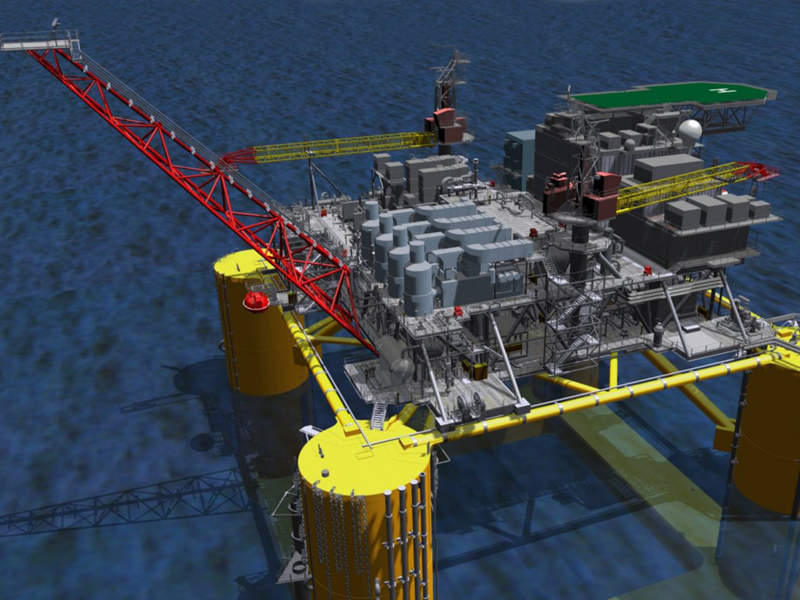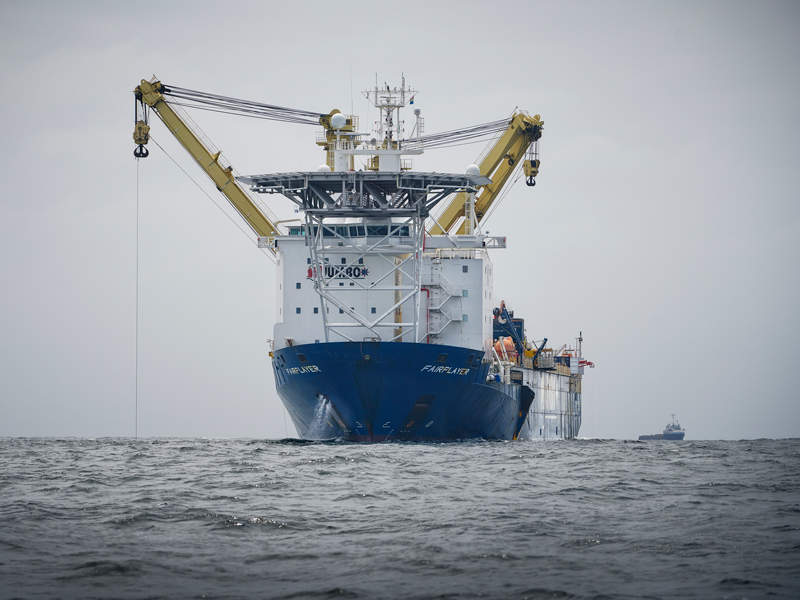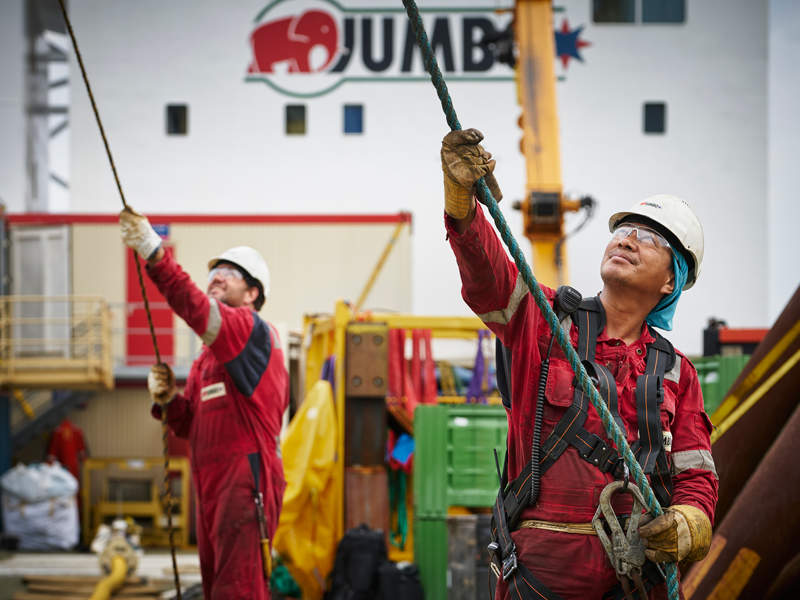Vito is a deepwater oilfield located approximately 241.4km south-east of New Orleans in the Mississippi Canyon area of the Gulf of Mexico, US.
The field lies in 4,000ft of water and spans four blocks within the Mississippi Canyon area, namely blocks 940, 941, 984 and 985.
Royal Dutch Shell’s subsidiary Shell Offshore operates the Vito deepwater project and holds a majority working interest of 63.11%, while the remaining 36.89% interest is held by Statoil USA E&P, a subsidiary of Statoil.
The final investment on the deepwater project was taken by Shell in April 2018.
First production from the field is currently expected in 2021.
The field is expected to produce approximately 100,000 barrels of oil equivalent a day (boed) during peak production.
Vito oilfield discovery, geology and reserves
Anadarko discovered the Vito oilfield in the subsalt Miocene sands in July 2009.
The discovery well was drilled to a depth of 32,000ft by the Noble Amos Runner deepwater drilling rig and encountered 250ft of net oil pay.
The field’s main reservoir is a thick and highly pressured subsalt formation of lower Miocene sand turbidite named VM80 sand.
Vito is estimated to hold recoverable resources of roughly 300 million barrels of oil equivalent (boe).
Exploration and appraisal on Vito oilfield
Shell assumed operatorship of the Vito oilfield in September 2009 and drilled additional delineation wells in order to extend the discovery.
A sidetrack well was drilled in March 2010 to a total depth of 31,000ft in block 940, which encountered 600ft of net oil pay.
The well was drilled approximately 1.6km away from the discovery well.
A four-year exploration and delineation programme was completed on the field in March 2013.
The programme included the drilling of six wells and provided high-quality subsurface well data.
Vito oilfield development details
The original Vito project was redesigned in 2015, which reduced the cost estimates by more than 70%.
A new and simplified design was chosen for the main production unit and related infrastructure.
The field will be developed using a four-column semi-submersible floating production unit (FPU) weighing 39,000t.
The FPU will consist of a single topside module and have a production capacity of 100,000boed of oil and 100 million standard cubic feet a day (Mscfd) of gas.
It will be the 11th deepwater platform to be installed by Shell in the Gulf of Mexico.
The oilfield’s subsea system will include eight subsea wells, which are set to be drilled to depths of 18,000ft and equipped with in-well gas lifts.
Contractors involved
Shell Offshore contracted Jacobs Engineering Group to carry out the detailed engineering and front-end engineering design (FEED) studies for the topsides of the Vito FPU.
Jacobs Engineering subcontracted HRS to supply four circular waste-heat recovery units for the FPU.
Shell Offshore signed a letter of intent (LoI) with Sembcorp Marine subsidiary Sembcorp Marine Rigs & Floaters for the construction of the hull and topsides, as well as the integration of the Vito FPU.
Sheffield Forgemasters International’s offshore oil and gas subsidiary Vulcan SFM was contracted to supply engineered cast components for the FPU.
Jumbo Offshore was awarded the installation contract for the initial pre-lay of the mooring system, as well as the tow and hook-up of the FPU.
CORTEC was contracted to deliver valve packages for the deepwater project.






